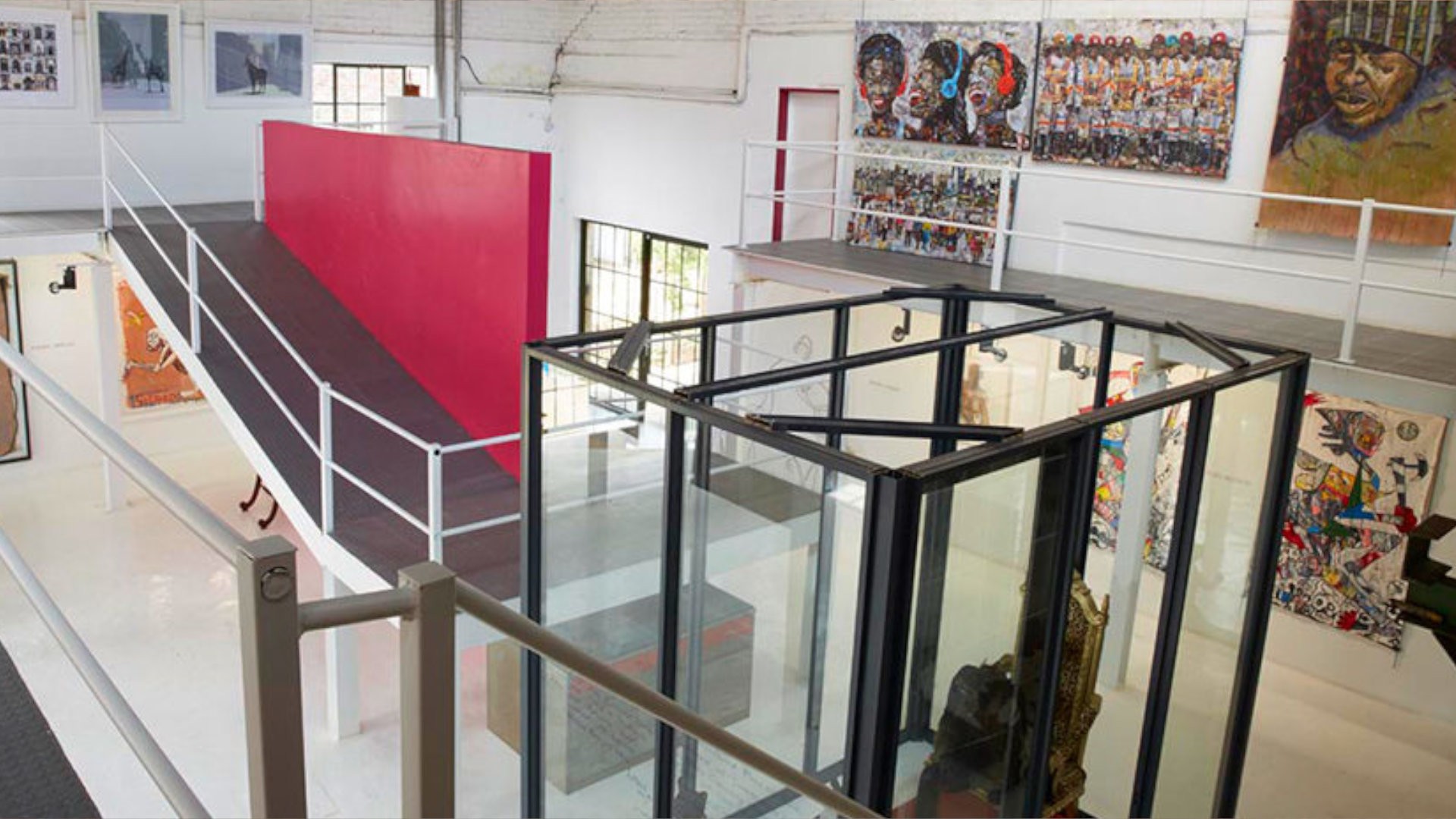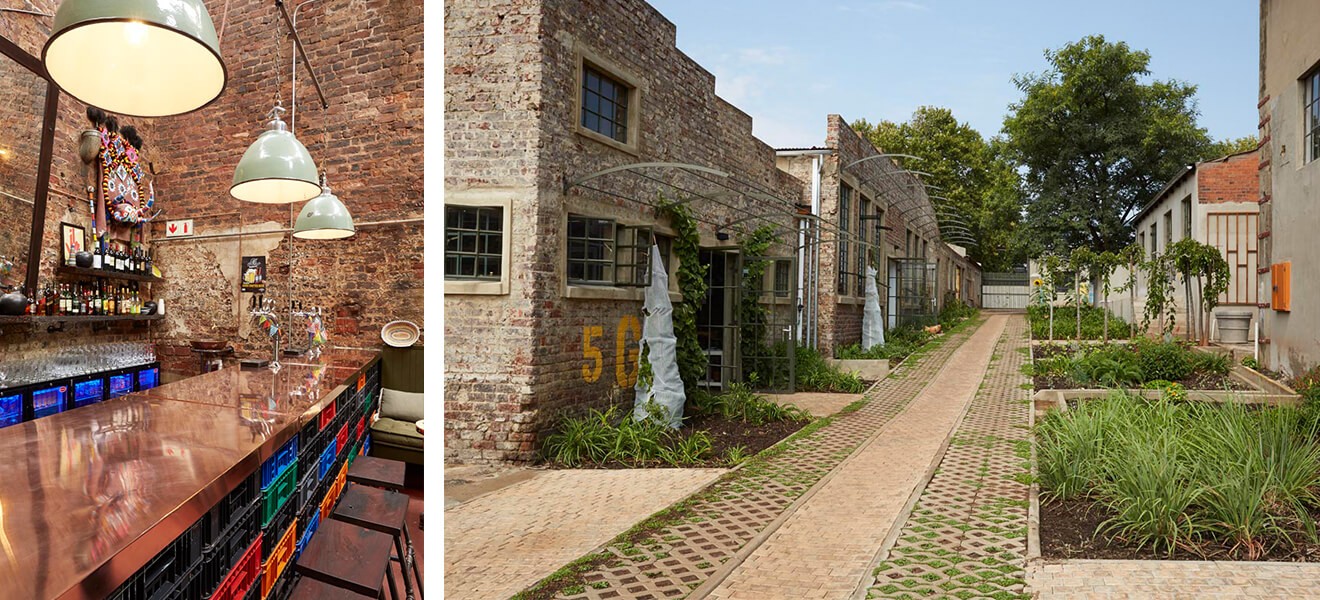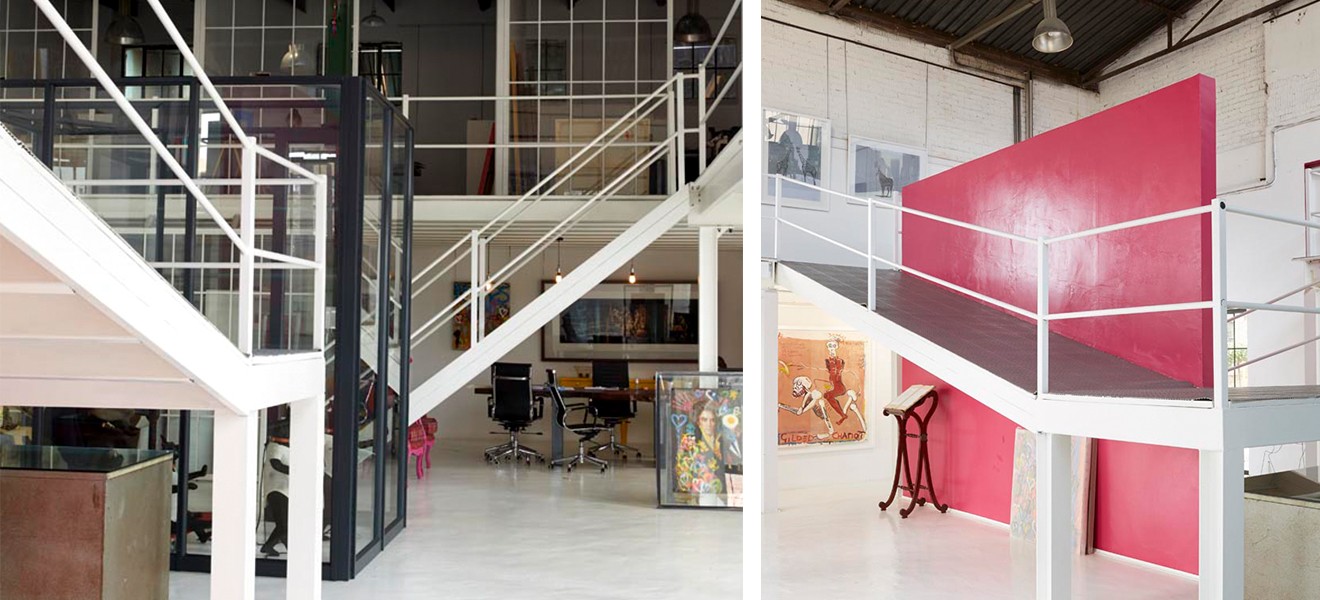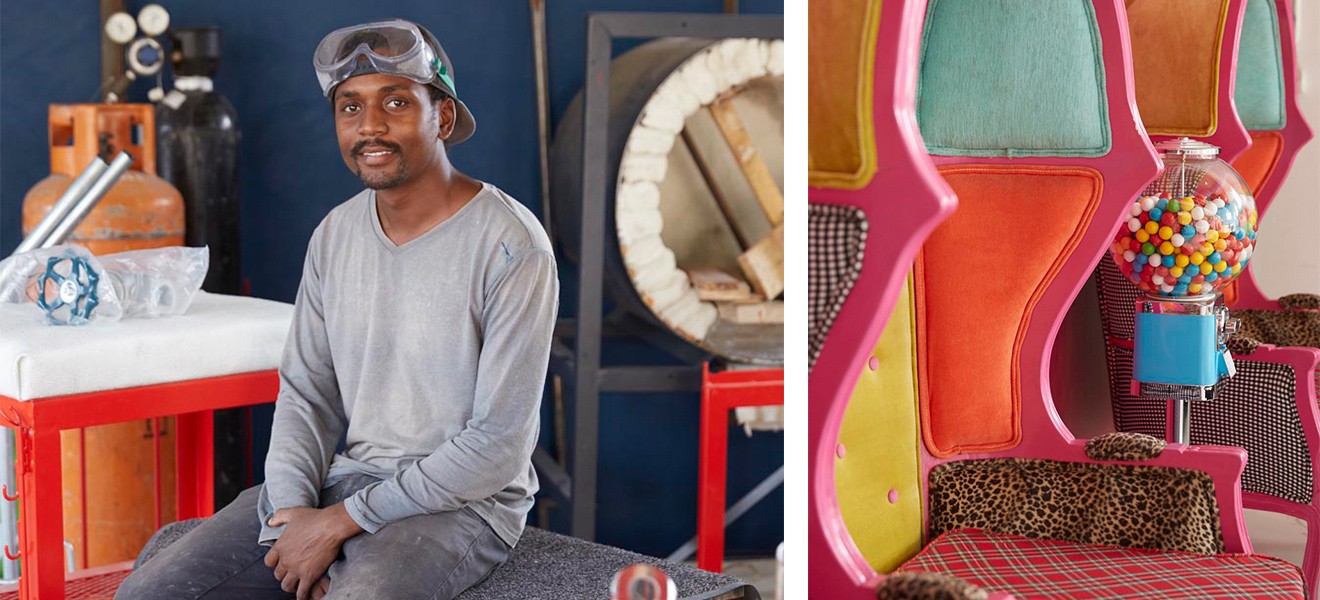Our tool for managing your permission to our use of cookies is temporarily offline. Therefore some functionality is missing.

VICTORIA YARDS.
Joburg’s newest node of regeneration reinvents an early 20th century laundry as a new hangout with art, craft beer and music.
Just a few years ago, Nando’s decided to transform its original Joburg offices and central warehouse in Lorentzville into a brilliantly revamped global head office and central kitchen. They packed it with art and people, and sparked the beginning of a change in the area, which had fallen on hard times.
Now, a block away, a 30 000m² industrial site has taken the baton and is leading the next wave of change. In the early 20th century, Victoria Yards was the home of a massive operation known as Advance Laundries, but had in recent years fallen into disrepair and, apart from a few small industrial operations, was basically a chop shop.
Over the past year-and-a-bit, it has been reinvented as a precinct with artists’ studios, eateries and outlets, set among amazing edible gardens, with much more to follow. “Currently, we’ve got about 35 tenants, and they range from fine artists to silk screeners, metalworkers and carpenters,” says Victoria Yards’ developer Brian Green, who is also responsible for one of Joburg’s earliest and most successful urban reinventions, 44 Stanley, still considered one of the city’s best hangouts.

WE’VE TAKEN WHAT WAS A WASTELAND AND DEVELOPED IT INTO BEAUTIFUL SOIL.
New urban ecosystem
Brian and his partners have set about reinventing Victoria Yards as the heart of a new urban ecosystem, and a fantastic artisanal hub where music, education, edible gardens and fledgling economies will plug into the community and help it grow. Already there is a gallery, a brewery (pizza oven included), a craft and design outlet, artists’ studios, a furniture factory and a glass blower. The gardens are springing to life, bringing greenery to the industrial site and rehabilitating the soil, and bees, bats and owls are slowly being introduced. The developers hope Victoria Yards will be at the centre of not just an ecological but economic rehabilitation for the area.
There’s a range of other operations in various stages of start-up, from hydroponics to coffee shops. But Green understood one very important thing from the outset – if you’re going to develop cool new urban hangouts, you need to be authentic in the way that you plug into the local community.
He wasn’t merely aiming to create an island of gentrification. While in time there might prove to be scope for developing the likes of a boutique hotel, the success of a community like this relies on being truly knitted into the immediate community. “One of the most important ideas to ultimately sustain this project is to involve ourselves very heavily with the community,” says Green. “They have to support you, and you have to look after them.”
First impressions
He had two big ideas the first time he visited the site. “It was like this flood coming through me,” he says. “It struck me that it needed to be some kind of farm. Then, as time wore on, [it became clear] we had to get education somehow involved in the process. And then, because I’m a lover of art, and I think there’s a huge need for artisanal training in the country, I thought let’s do an artisanal school, artists’ studios, get carpenters and metal workers in here. And essentially, that’s what it’s becoming, and has become.”
So, he began building, setting about reinventing the derelict workshops with a light, layered architectural touch as the heart of a new urban ecosystem where a fledgling economy could plug into the community and send out ripples of rejuvenation through the surrounding area.
The gardens
“We’ve taken what was a wasteland and developed it into beautiful soil. [It started with] Duduzile Duru, who was introduced to us by Leigh van der Watt from Nando’s. Dudu came from Bethany House, a home for battered women. She came into the gardens as a passionate, enthusiastic amateur. She had some knowledge, and she’s got green fingers, and she started planting.


I THINK THAT THIS WILL BECOME A LOVELY ENVIRONMENT, AND A LOVELY PLACE TO VISIT FOR FAMILIES.
Backyard haven
Green is insistent that there should be an educational component that facilitates the precinct’s integration with the very youngest members of the community. “We really need to start with the kids so that when they grow up they know that there is this mother ship called Victoria Yards in their backyards, and they can improve their lives by being associated with what we’re trying to achieve here,” he says.
He has in mind music workshops, particularly the likes of jazz, that he hopes will be associated with events and performances in the open areas where people can lounge on the terraces. Victoria Yards already has a steady stream of visitors coming from far and wide, but also from the Nando’s head office down the road. It’s a perfect example of how new local urban economies can develop and grow, and as Victoria Yards becomes a bustling urban green space, broader rejuvenation can begin.


